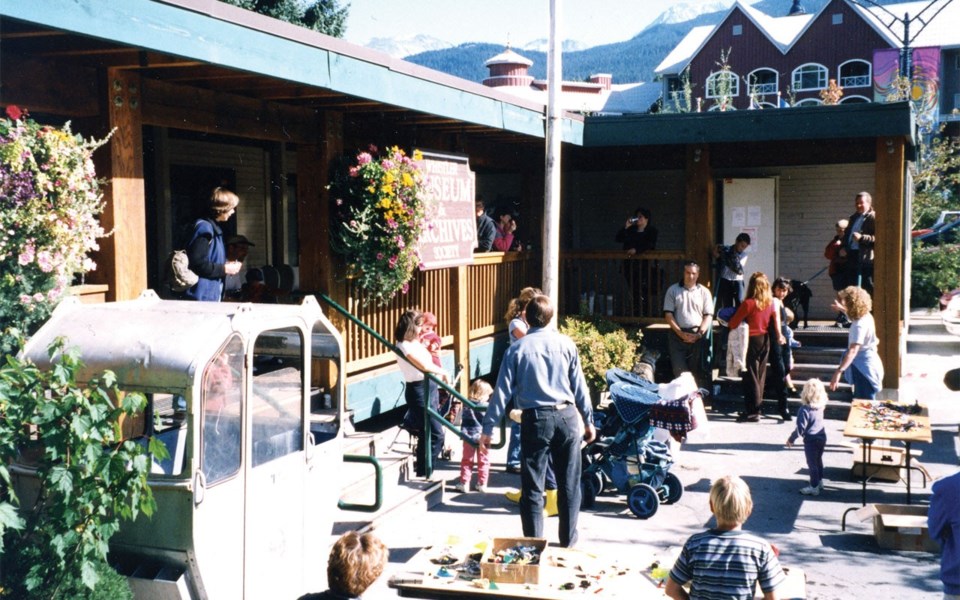April might seem a bit early to be thinking of summer; there is still snow melting in parts of the valley and you're just as likely to see someone walking through the village carrying their skis or board as you are to see a person biking along the Valley Trail.
At the museum, however, we're looking ahead to summer programming and expanding our staff with summer students.
We recently came across a Whistler Museum and Archives Society (WMAS) newsletter from the summer of 2001 and, despite the 18 years that have passed since its publication, the newsletter is not all that dissimilar to those we currently send out bimonthly.
Like today, the newsletter from 2001 updates readers on recent events held at or by the museum and introduces new staff members. That summer the museum hired three summer students: two to work with the collections and one to work more on programming and community outreach.
Kathy Loof, one of the two collections assistants, worked on digitizing the museum's collection while Eric Cron was to spend his summer cataloguing and doing preliminary work to create a database. This type of work continues to be carried out by our summer students and interns in the archives today.
The third student, Erin Coulson, had varied responsibilities, including working on the outdoor signs around the museum, assisting with the running of the museum, publishing the museum's newsletter, and searching for information on the train wreck near the Cheakamus River to answer the many inquiries the museum had received.
The newsletter also reported on the Canada Day Parade in which the museum won a prize for Best Community Club Entrant, thanks to "the creative talents of Darlyne Christian and the helpful mobile power of Alex Bunbury, both museum trustees." Apparently this was the first parade where Darlyne rode in her own creation, an experience she described as "quite exciting."
After the parade the museum launched its latest cookbook, Festive Favourites, full of recipes from community members. (As it happens, we no longer have a copy of this book in our reference library—if anyone has a spare copy we would love to take a look.)
Recent fundraisers were mentioned, including one held at the Dubh Linn Gate to launch the museum's first educational website and an Oscar Night that raised over $3,500, along with new additions to the collections (such as two signs for Overlord and Lost Lake that were anonymously delivered to the museum).
Of course, there have been changes in the almost two decades since this newsletter was sent out.
The museum has moved into a different space and our online presence, including our website, has evolved (remember social media didn't really exist in 2001). In the summer of 2001 Paul Jago was announced as the winner of a competition to design the museum's new logo, a logo that has since changed at least twice.
In case you don't currently subscribe to the museum's newsletter, our last Speaker Series event for the 2019 season will be next Thursday, April 11. We are very excited to welcome Dr. Ian Spooner of Acadia University to discuss his studies of sediment records in Alta and Lost Lakes and what these records can tell us about environmental change dating back to the 18th century. If you have an interest in our lakes or a story about your own experiences of Alta or Lost Lakes, please join us!




